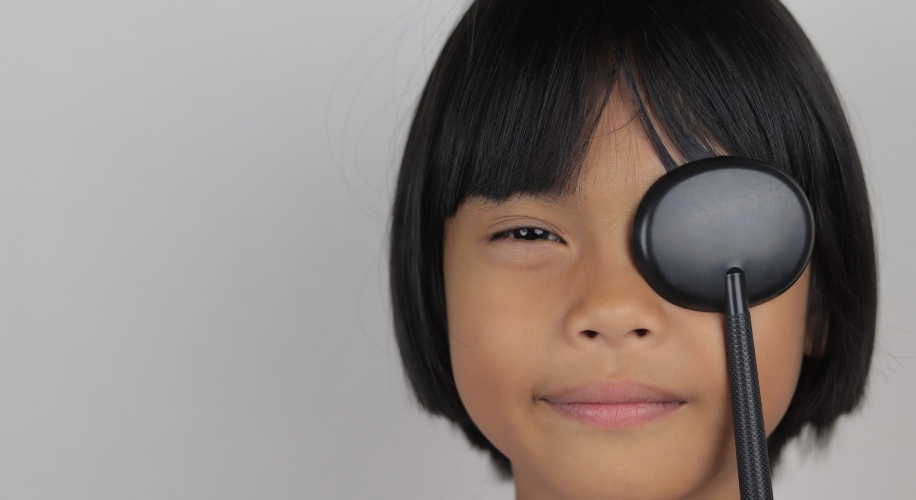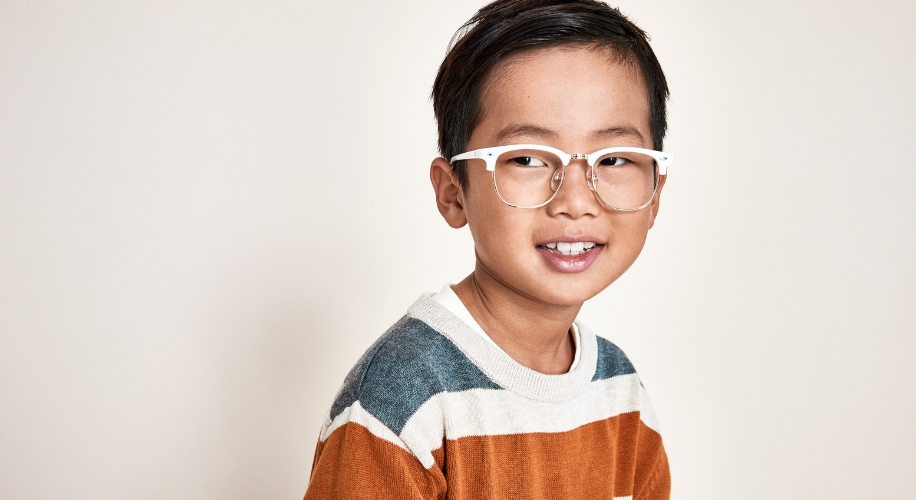Understanding Amblyopia: Causes, Symptoms, and Treatment Options

Photo by komthong
Amblyopia, commonly known as “lazy eye,” is a vision disorder that affects approximately 2-3% of the population worldwide, making it one of the most prevalent eye conditions in children. Despite its prevalence, amblyopia can often go undetected without routine eye exams, highlighting the importance of early detection and intervention. Zenni is committed to raising awareness about eye health and providing accessible eyewear solutions for individuals with amblyopia and other vision-related issues. If you suspect that you or your child may have amblyopia, don’t hesitate to schedule an eye exam with a qualified eye care professional. Together, we can work towards a clearer, brighter future for everyone.
What is Amblyopia?
Amblyopia occurs when one eye develops weaker vision than the other due to abnormal visual development in childhood. This discrepancy in vision typically arises from factors such as strabismus (misaligned eyes), refractive errors (e.g., nearsightedness, farsightedness, or astigmatism), or a combination of both. The brain begins to favor the stronger eye over the weaker one, leading to reduced visual acuity in the affected eye.

Photo by Anna Shvets
Symptoms of Amblyopia:
- Reduced Visual Acuity: The most common symptom of amblyopia is decreased vision in one eye, which may not be apparent without a comprehensive eye examination.
- Poor Depth Perception: Amblyopia can impair depth perception, making it challenging to judge distances accurately.
- Squinting or Closing One Eye: Children with amblyopia may squint or close one eye to compensate for poor vision in the affected eye.
- Head Tilt: Some children may tilt their head to one side to improve visual clarity, particularly if amblyopia is associated with strabismus.
Causes of Amblyopia:
- Strabismus: Misaligned eyes, where one eye turns inward, outward, upward, or downward, can lead to amblyopia if not corrected early in childhood.
- Refractive Errors: Significant differences in refractive errors between the eyes, such as a large difference in prescription strength, can contribute to amblyopia.
- Genetic Factors: Amblyopia can run in families, suggesting a genetic predisposition to the condition.

Diagnosis and Treatment:
Early detection and treatment of amblyopia are crucial for optimal outcomes. A comprehensive eye examination by an eye care professional can diagnose amblyopia and identify any underlying causes, such as refractive errors or strabismus. Treatment options may include:
- Corrective Lenses: Prescription glasses or contact lenses may be prescribed to correct refractive errors and improve vision in the affected eye.
- Eye Patching: Patching the stronger eye to encourage the use of the weaker eye is a common treatment approach for amblyopia. By depriving the stronger eye of visual input, the brain is forced to rely on the weaker eye, promoting visual development and strengthening neural connections.
- Atropine Eye Drops: In some cases, atropine eye drops may be prescribed to temporarily blur vision in the stronger eye, similar to patching, but without the need for occlusion therapy.
- Vision Therapy: Vision therapy exercises may be recommended to improve eye coordination, focusing abilities, and visual processing skills.
- Surgery: In cases where amblyopia is caused by strabismus, corrective surgery may be necessary to realign the eyes and restore binocular vision.
Zenni’s Role in Amblyopia Management:
At Zenni, we understand the importance of early intervention and vision correction in managing amblyopia. Our wide range of affordable eyewear options includes kid-friendly frames with customizable lenses to accommodate various prescriptions and visual needs. Zenni’s commitment to quality and affordability ensures access to essential eyewear solutions for optimal vision health.
Amblyopia is a common vision disorder that requires early detection and intervention to prevent long-term visual impairment. By understanding the causes, symptoms, and treatment options for amblyopia, parents and caregivers can take proactive steps to address this condition and support their child’s visual development. With timely intervention and access to appropriate eyewear, children with amblyopia can achieve improved vision and enjoy a brighter, clearer future.





 Canada
Canada